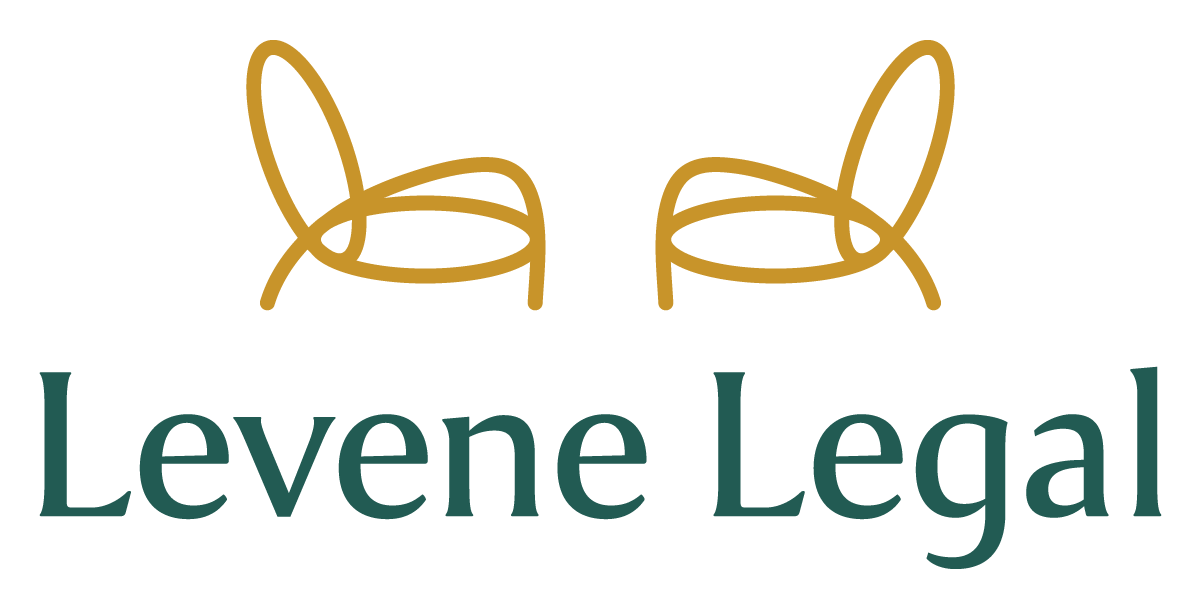How Employers Can Prevent and Address Workplace Harassment
Unlawful harassment in the workplace is a problem. This includes not just sexual harassment but harassment on the bases of other protected classes, such as race, disability, and age. In fiscal year 2022, the U.S. Equal Employment Opportunity Commission (EEOC) received 24,430 claims alleging harassment. Yet, according to the EEOC, most workplace harassment goes unreported.
The Costs of Harassment
Harassment comes with high costs for both employees and employers. For employees, harassment can negatively impact their mental and physical health and result in a loss of income. For employers, costs can include
Legal fees to defend against or settle harassment allegations
Damages owed to claimants
Decreased workplace performance and productivity
Increased employee turnover
Reputational damage
How do we fix the problem?
To curtail harassment and its associated costs, employers must take proactive steps to prevent and address it.
Anti-Harassment Policy
The first step is to implement an anti-harassment policy. An effective policy should include:
A prohibition on harassment
A procedure for reporting harassment which provides at least two alternative points of contact to whom reports can be made
A prohibition on retaliation for reporting harassment or cooperating in an investigation of harassment
A statement that all allegations will be investigated thoroughly and promptly
A statement that prompt corrective action will be taken, if appropriate
A statement that the allegations will be kept as confidential as possible
All employees should sign an acknowledgment indicating that they received and understand the policy.
Training
Employees should receive training on harassment when hired and annually thereafter. Training should explain what constitutes harassment and how to report it.
Employers must also comply with Connecticut’s sexual harassment training requirements. Employers with three or more employees must provide the required training to all employees while employers with less than three employees only need to provide the training to supervisory employees.
All training should be documented.
Investigation
When harassment is reported, it must be investigated promptly and thoroughly. The designated investigator must review all relevant information and interview the complaining employee, the accused employee, and any witnesses. All aspects of the investigation need to be documented.
While an investigation can be conducted internally, it is often advisable to hire an impartial outside investigator, such as Levene Legal.
Corrective Action
If harassment is found to have occurred, prompt corrective action must be taken to stop it and prevent it from reoccurring. The appropriate actions will depend on the specific circumstances but may include demotion or termination of the harasser. Any corrective action taken needs to be documented.

